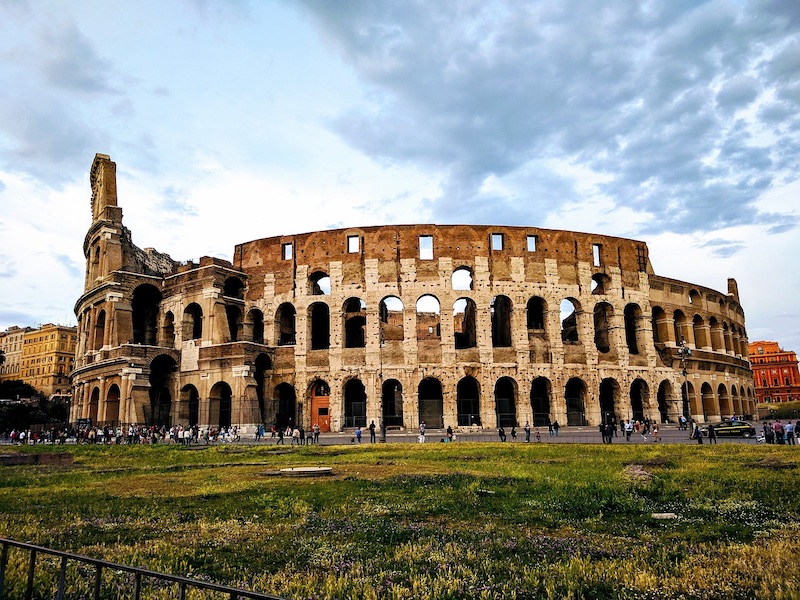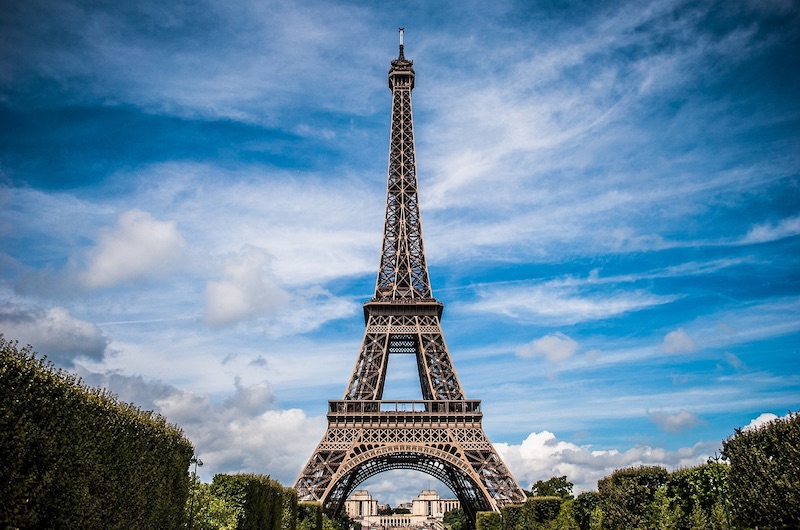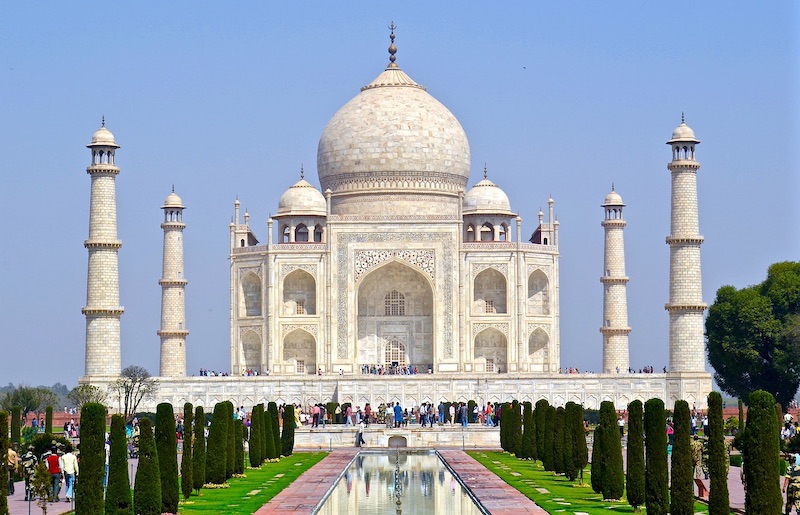The Top 5 Design-Build Projects Ever


Five of the Top Design-Build Projects in the History of Earth
I staunchly advocate Design-Build as a truly more honest, ethical, responsible, and natural approach to the creation of buildings and spaces. We’re in the business of people, lives, pursuits, dreams, and the future. Properly designed, planned, and created buildings and spaces enable the pursuit and accomplishment of these goals and dreams.
With this in mind, I have reviewed a number of the major projects through the last 3,000 years. All were massive undertakings, and all greatly impacted the culture in which they were built.
Design-Build through history
Design-Build is a natural synthesis of planning, design, and construction. This is the way nature intended and the way it has been done throughout history — as an integrated and inseparable whole.
Only recently has design, planning, and construction been arbitrarily fragmented into distinct fields of learning and responsibility. This has resulted in poor planning divorced from budgeting and proper execution. In today’s world this has translated into inflated budgets, inferior quality, incomplete projects, and broken dreams.
Design-Build is the responsible, efficient approach to the aesthetic creation of spaces and buildings which enhance life. Creation in its most pure form — as nature intended.
Strength, utility, and beauty
Roman architect, engineer, author, and creative legend Marcus Vitriuvius Pollio embodied the Design-Build viewpoint. Pollio is responsible for introducing the concept within the Roman culture of firmitas, utilitas, and venustas — meaning strength, utility, and beauty. He authored the iconic multi-volume work De Architectura and had the following to say concerning the natural relationship of design and building:
“As regards the efficacy of the art and the theories of it, I promise and expect that in these volumes I shall undoubtedly show myself of very considerable importance not only to builders but also to all scholars.”
Within the above frame of reference, here is my list of the top 5 Design-Build projects ever. Remember to consider these truly breathtaking projects as products of Design-Build.

1. The Colosseum – Rome, Italy
Construction began under the Roman Emperor Vespasian in 72 AD and was later completed under Titus in 80 AD. The capacity was estimated at between a jaw-dropping 50,000 and 80,000 throughout its various phases of renovation. To put this in perspective, this is more than the combined capacity of Fenway Park and the TD Garden (37,305 and 19,580 respectively). That’s pretty impressive. It’s comparable (and actually larger) than Gillette Stadium (capacity 65,878), home of NFL emperor Tom Brady.
In 2018 the Colosseum was the most visited tourist site on the planet, with over 7.4 million visitors.

2. The Eiffel Tower — Paris, France
Romantic icon of the world, the Eiffel Tower’s wrought-iron lattice tower located on the Champ de Mars stands over 300 meters tall and dominates the Parisian skyline. It was constructed between 1887 and 1889 as the grandiose and imposing entrance to the 1889 World’s Fair.
Initially met with ample criticism and protest, the Eiffel Tower was designed and built by Gustave Eiffel as the then tallest man-made structure in the world. This distinction was held for 41 years until the Chrysler Building was erected in New York and claimed this title. It was initially meant to stand for 20 years, but was permitted to remain largely due to its communications value. Today the Eiffel Tower is one of the most-visited, paid monument attractions in the world, with 6.91 million visitors ascending the tower in 2015.
I feel this is one of the truly most impressive examples of Design-Build construction on Earth.

3. Taj Mahal — Agra, India
Truly one of the wonders of the world, the Taj Mahal translates in Hindi as “Crown of Palaces.” The stunning marble structure stands on the south bank of the Yamuna River in the Indian city of Agra. The Taj was designated a UNESCO (United Nations Educational, Cultural and Scientific Organization) world heritage site in 1983. It was described as “the jewel of Muslim art in India and one of the universally admired masterpieces of the world’s heritage.” The ‘Taj” attracts 7-8 million visitors per year.
The primary creator of this masterpiece was the Chief Architect Ustad Ahmad (a.k.a. Isa Khan) in the court of emperor Shah Jahan. The emperor commissioned the magnificent structure as a tomb for his favorite wife in 1631. The construction project utilized over 20,000 artisans and was completed in 1643.
4. The Parthenon — Athens, Greece
This magnificent structure stands on the Acropolis, overlooking Athens as an essential example of Greek Doric architecture and design. The Parthenon was built in the middle of the fifth century BC and dedicated to the Greek God Athena.
Construction of the building was directed by Greek Statesman Pericles and built by two Architects: Ictinus and Callicrates. Note that it was BUILT by two architects...as this is key. The project was truly a classic example of the finest Design-Build project of its time. The project started in 447 BC and was completed in 432 BC. Its majesty has survived the centuries, despite sustaining damage during 17th century military activity.
5. The White House — Washington, D.C., USA
Okay to be honest, I was going to use the Great Wall of China as my fifth example as it is truly an awe-inspiring feat of design and construction. Unfortunately, I feel this example is overshadowed in any practical workability by the sheer volume of slave labor and human rights violations involved in its creation.
The White House was designed and built by Irish architect James Hoban. Hoban modeled this U.S. icon on the Leinster House in Dublin which houses the Irish Parliament. Construction took approximately 8 years, between 1792 and 1800. Today the property is a National Heritage Site and ranked 2nd on the AIA (American Institute of Architects) list of America’s favorite architecture. (The number one site on this list is the Empire State Building.)
It’s clear that for thousands of years Design-Build was the way of designing and constructing the meaningful buildings and spaces that would change the world.
Dave
Refs:
https://en.wikipedia.org/wiki/Vitruvius
https://en.wikipedia.org/wiki/Colosseum
https://en.wikipedia.org/wiki/TD_Garden
https://en.wikipedia.org/wiki/Fenway_Park
https://en.wikipedia.org/wiki/Eiffel_Tower
